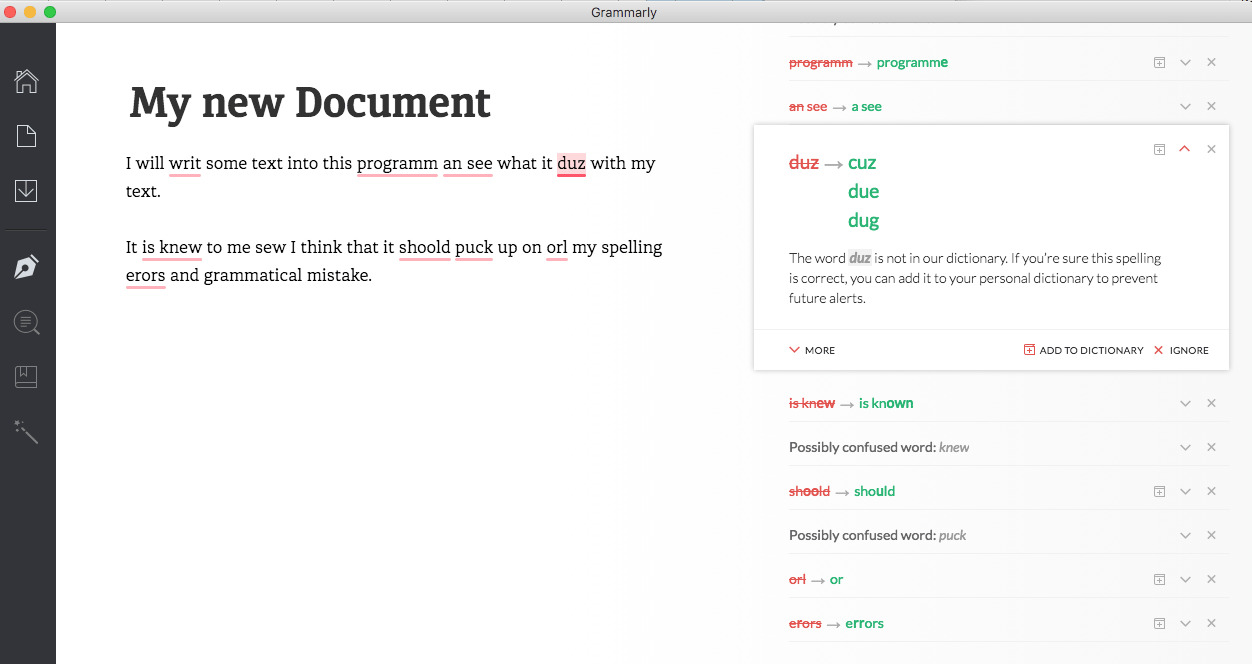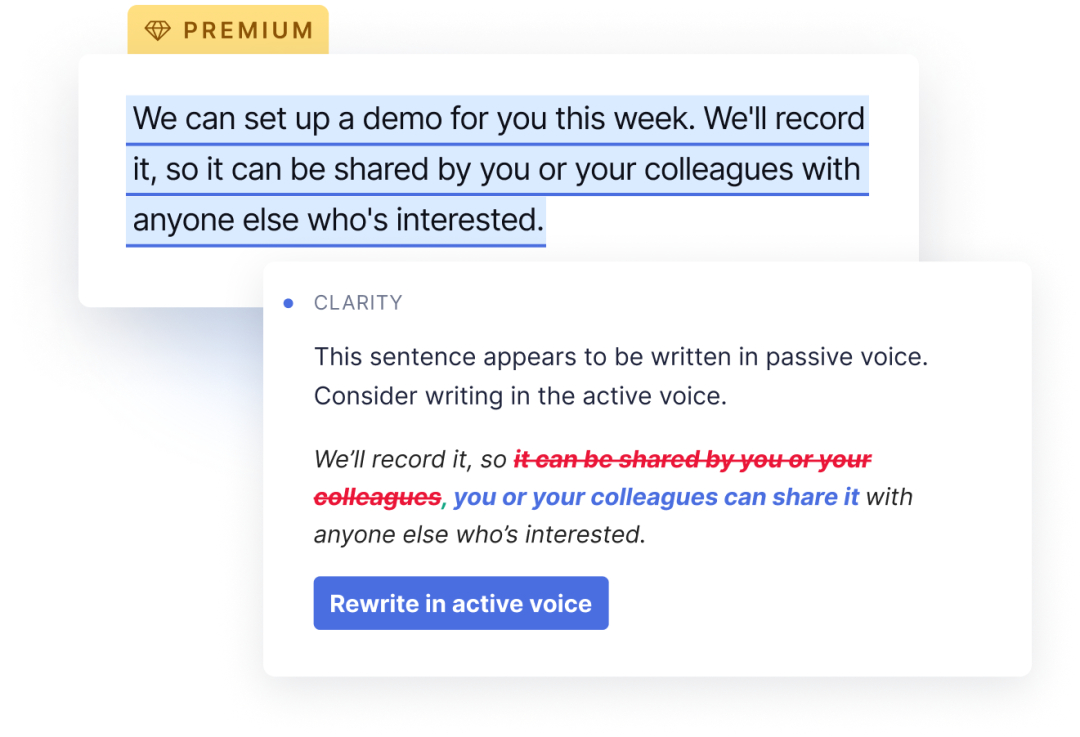Introduction
When it comes to composing email signatures, it is common for individuals to include personal information such as their name, job title, contact details, and sometimes even pronouns. While there is nothing inherently wrong with including pronouns in email signatures, it is worth considering the potential drawbacks and implications of doing so.
In recent years, there has been a growing trend of including pronouns in email signatures as a way to provide clarity and promote inclusivity. However, it is important to recognize that this practice may not be suitable for everyone, and there are valid reasons why individuals may choose not to include pronouns in their email signatures.
This article will explore some of the reasons why it may be better to refrain from including pronouns in email signatures. By doing so, it is not meant to discourage inclusivity or deny the importance of gender identity, but rather to encourage a thoughtful and nuanced approach to communication.
It is important to note that the decision to include or exclude pronouns in email signatures should be a personal one, taking into account individual preferences, workplace culture, and the context in which the emails are being sent.
Before delving into the reasons against including pronouns, it is crucial to acknowledge that the intention behind including pronouns in email signatures is often driven by a desire to create a more inclusive environment and show support for individuals whose gender identity may not align with societal expectations. However, it is equally important to consider the potential unintended consequences and the need for a more nuanced approach to promoting inclusivity.
With that in mind, let us explore some of the reasons why individuals may choose to avoid including pronouns in their email signatures.
Lack of Consistency
One of the reasons why individuals may opt not to include pronouns in their email signatures is the lack of consistency in doing so. While it may seem like a simple and inclusive gesture to include pronouns, it can create a sense of pressure for everyone to follow suit.
In a professional setting where email signatures are widely used, the decision to include pronouns can inadvertently create an environment where individuals feel obligated to conform to this practice. This can lead to a lack of authenticity and undermine the purpose of providing pronouns, as it becomes more of a checkbox exercise rather than a genuine expression of identity.
Moreover, inconsistency in including pronouns can unintentionally single out individuals who choose not to include them. It can lead to assumptions about their gender identity or create unnecessary confusion. By omitting pronouns altogether, individuals can avoid these potential pitfalls and maintain a sense of neutrality in their communication.
Additionally, it is worth considering that not everyone feels comfortable openly discussing or sharing their gender identity in a professional context. Some individuals may prefer to keep personal aspects separate from their work-related communication. By not including pronouns in email signatures, individuals can maintain a level of privacy and prevent any potential discomfort or judgment that may arise.
Ultimately, the decision to include pronouns should be a personal choice rather than an expectation. It is vital to create an environment where individuals are not forced or pressured to disclose personal information if they are not comfortable doing so. By respecting individual boundaries and allowing for diverse approaches to communication, we can foster an inclusive environment that reflects the unique needs and preferences of all individuals.
Reinforcing Gender Roles
While the intention behind including pronouns in email signatures is often to challenge gender stereotypes and promote inclusivity, it is important to consider whether this practice inadvertently reinforces traditional gender roles.
By explicitly stating one’s pronouns in an email signature, it assumes that gender identity is directly tied to one’s appearance or presentation. This can perpetuate the idea that gender is binary and linked solely to physical characteristics. It may unintentionally overlook and invalidate the gender identities of individuals who may not conform to traditional expectations.
Additionally, by adhering to the practice of including pronouns, it can inadvertently enforce the notion that gender is the most defining aspect of an individual’s identity. Email signatures often provide limited space for personal information, and by allocating a significant portion to pronouns, other meaningful aspects of an individual’s identity may be overshadowed or neglected.
Moreover, the act of including pronouns can unintentionally reinforce assumptions and stereotypes about gender. For example, if a male colleague includes pronouns traditionally associated with masculinity, such as “he/him,” it may reinforce societal expectations and assumptions about his behavior or interests. In contrast, if someone chooses not to include pronouns or opts for non-traditional pronouns, it challenges these stereotypes and encourages a more holistic view of gender expression.
By refraining from including pronouns in email signatures, individuals can break free from reinforcing gender roles and create space for a more nuanced understanding of identity. It allows for greater flexibility and encourages a focus on the person as a whole, rather than reducing them to their gender or pronouns.
It is crucial to remember that inclusivity goes beyond pronouns and should encompass a wide range of identities and experiences. By avoiding the assumption that pronouns are the sole marker of inclusivity, we can embrace a more expansive view of diversity and create an environment that respects and values the unique identities of each individual.
Unnecessary and Redundant Information
When considering whether or not to include pronouns in email signatures, it is important to question the necessity and relevance of this information. While including pronouns may be well-intentioned, it might actually contribute to the inclusion of unnecessary and redundant information in email signatures.
In many cases, the need for pronouns in email signatures arises from a desire to avoid assuming someone’s gender identity. However, it is important to recognize that pronouns are not always indicative of one’s actual gender identity. Assuming someone’s pronouns based solely on appearances or assumptions can lead to misgendering, which is disrespectful and harmful.
On the other hand, including pronouns in every email signature, even in contexts where gender identity is irrelevant, can become redundant and repetitive. In professional settings where individuals often communicate with the same colleagues or clients on a regular basis, constantly reiterating pronouns can feel unnecessary.
Furthermore, including pronouns in every email signature may divert attention from more critical information. Email signatures typically serve to provide essential contact details, job titles, and other pertinent information. By filling valuable space with pronouns, it can lead to a cluttered and less effective email signature. Instead, individuals can focus on providing accurate and up-to-date contact information that is most relevant for effective communication.
It is worth noting that some platforms or email clients already offer separate fields for including pronouns. In such cases, utilizing these specific fields can be a more effective way to provide pronoun information, without compromising the clarity and readability of the email signature itself.
Ultimately, the decision to include or exclude pronouns should be based on the context and relevance of the information. While pronouns play an essential role in promoting inclusivity and respect, it is equally important to consider whether they are necessary and appropriate in every communication instance.
By carefully evaluating the need for pronouns in email signatures and focusing on providing concise and relevant information, individuals can streamline their communication and promote a more efficient and effective exchange of information.
Avoiding Assumptions and Stereotyping
One of the crucial factors to consider when deciding whether or not to include pronouns in email signatures is the potential for assumptions and stereotypes that can arise from this practice. While the intention may be to foster inclusivity, the inclusion of pronouns can inadvertently reinforce certain biases and contribute to stereotyping.
When pronouns are included in email signatures, individuals may make assumptions about someone’s gender identity based solely on these pronouns. However, gender identity is a highly personal and complex aspect of an individual’s identity, and it cannot be accurately inferred solely from pronouns.
Assuming someone’s gender identity based on pronouns can result in misgendering, which can be hurtful and disrespectful. Misgendering occurs when someone is referred to or addressed using incorrect pronouns, often leading to feelings of invalidation and exclusion. By avoiding the inclusion of pronouns in email signatures, we can reduce the likelihood of making assumptions and minimize the potential for unintentional misgendering.
Furthermore, the inclusion of pronouns can inadvertently reinforce gender stereotypes. Society often associates specific pronouns with particular gender roles or characteristics. By explicitly stating pronouns in email signatures, we may inadvertently reinforce these stereotypes and perpetuate the belief that gender identity aligns closely with societal expectations.
By omitting pronouns from email signatures, individuals can promote a more inclusive and respectful environment. This allows for a greater focus on the person as a whole, rather than reducing them to preconceived notions based on pronouns. It creates space for individuals to define and express their gender identity in a way that aligns with their own unique experiences and preferences.
Furthermore, by not including pronouns in email signatures, we encourage others to approach conversations and interactions with an open mind, suspending assumptions about gender identity and allowing individuals to reveal their pronouns if and when they feel comfortable doing so.
It is important to recognize that assumptions and stereotypes can limit our understanding and appreciation of each other’s diverse experiences and identities. By avoiding the inclusion of pronouns in email signatures, we can foster an environment that respects and values the complexity of each individual’s identity, without making assumptions based on societal norms or stereotypes.
Creating an Inclusive Environment
While the decision to include or exclude pronouns in email signatures is a personal one, it is important to consider the broader goal of creating an inclusive environment. Ultimately, inclusivity goes beyond the inclusion of pronouns and requires a holistic approach that acknowledges and respects the diverse identities and experiences of individuals.
Exclusivity or inclusivity in an organization or workplace is not solely determined by whether pronouns are included in email signatures. It is about creating a culture of acceptance and understanding, where individuals feel valued and respected for who they are, regardless of their gender identity.
Creating an inclusive environment begins with fostering open and respectful communication. It involves actively listening to others, using correct names and pronouns when known, and being mindful of language and assumptions. By promoting an environment where individuals feel safe to express their authentic selves, we can foster a sense of belonging and acceptance.
Instead of relying solely on pronouns as a means of inclusivity, organizations and individuals can implement more comprehensive diversity and inclusion initiatives. This includes initiatives such as providing education and training on gender identity and pronoun usage, implementing policies and practices that support gender diversity, and creating spaces for open dialogue and understanding.
An inclusive environment also involves recognizing and valuing the multiple dimensions of an individual’s identity beyond gender. This includes acknowledging and celebrating differences in race, ethnicity, nationality, sexual orientation, ability, and more. By embracing a broader view of diversity, we can create a work environment that truly celebrates the richness of our collective experiences.
Inclusivity is an ongoing journey, and it requires continuous effort and commitment from individuals and organizations. It is important to regularly reassess and adapt practices and policies to ensure they are inclusive and responsive to the needs of all employees.
By focusing on creating a culture of inclusivity that goes beyond the inclusion of pronouns in email signatures, we can foster an environment where individuals feel valued, respected, and empowered to bring their whole selves to work.
Conclusion
Deciding whether or not to include pronouns in email signatures is a personal choice that should be made with careful consideration. While the inclusion of pronouns may seem like a simple and inclusive gesture, it is important to recognize the potential drawbacks and implications it may have.
In this article, we explored various reasons why individuals may choose not to include pronouns in their email signatures. These reasons include the lack of consistency, the potential reinforcement of gender roles, the inclusion of unnecessary and redundant information, the avoidance of assumptions and stereotypes, and the broader goal of creating an inclusive environment.
It is crucial to remember that inclusivity is not solely determined by the inclusion of pronouns. Instead, it involves creating a culture of acceptance and understanding, where individuals feel valued and respected for their diverse identities and experiences. This can be achieved through open and respectful communication, education and training on gender identity and pronoun usage, and implementing comprehensive diversity and inclusion initiatives.
Ultimately, the decision to include or exclude pronouns should be based on individual preferences, workplace culture, and the specific context of the communication. It is important to respect the diversity of perspectives and experiences and create an environment where individuals are not forced or pressured to disclose personal information if they are not comfortable doing so.
By promoting inclusivity in a holistic and thoughtful manner, we can foster a work environment that celebrates diversity and allows individuals to express their authentic selves. Whether or not pronouns are included in email signatures, the ultimate goal should be to create a space where all individuals feel accepted, respected, and valued for who they are.

























